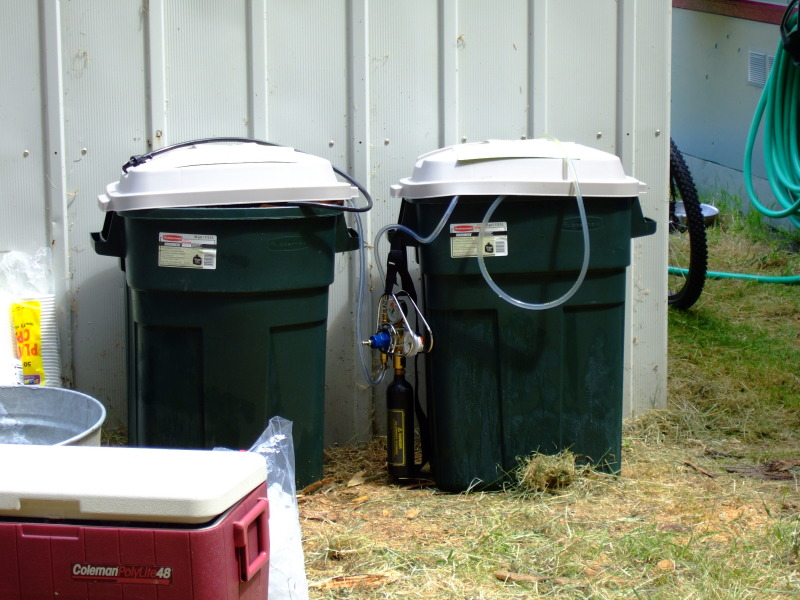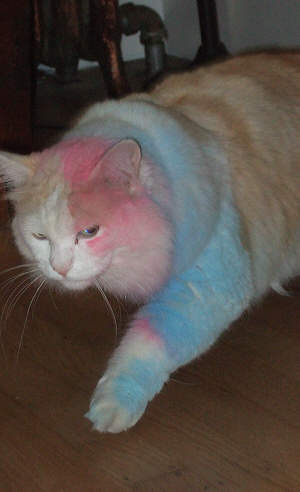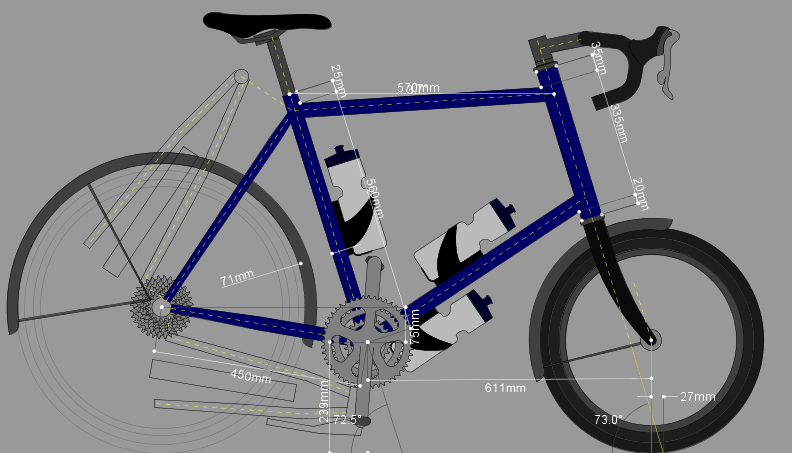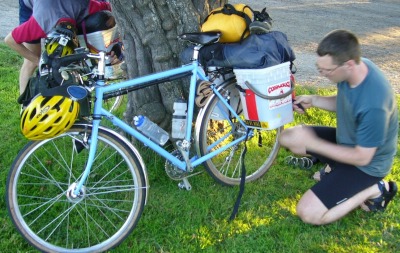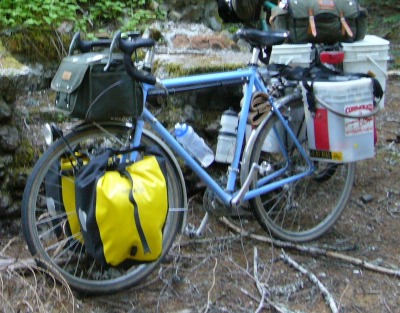The Scenic Way Home
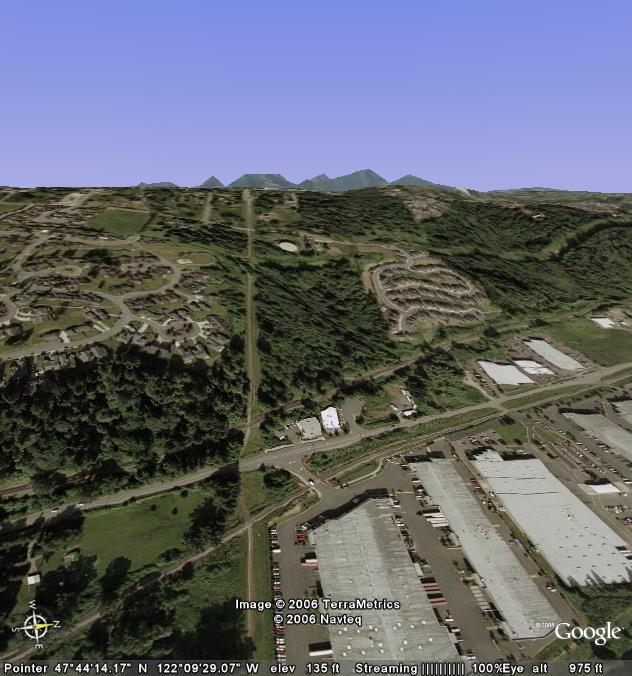
Kevin and I met at 5pm on the 520 biketrail. I could see him arriving from a hundred feet away, spinning along with the fast cadence of a single speed mountain biker riding on pavement.
Our destination was the Tolt Pipeline Trail, about6 miles away down the 520 and Sammamish River Trails. The Tolt intersects the Sammamish River Trail at Redhook Brewery. We pushed our way through a strong headwind on our way to the brewery. There we picked up a 3rd cyclist, Bill, and set off. Suddenly I felt a little out of place on my Kogswell 650B touring bike while these two had singlespeed mountain bikes.
Many people have taken the Tolt Pipeline Trail east from Redhook, but I don’t know many who have taken it west. Kevin and Bill were interested in checking it out to add some miles to Kevin’s Thrilla suburban MTB route. I wanted to find something to break up the monotony of the Burke Gilman commute going home. We wound around behind Redhook and the ropes course and found the trai.
The Tolt Pipeline Trail is a trail that runs on top of the Tolt Pipeline right of way. Pipes don’t really care about hills and the trail doesn’t either. We knew that we had found the trail when the first view of it was a narrow and long clearing going straight up a hill.
The Tolt trail heading west is much like the Tolt trail heading east. There are often two sections to ride one, one is loose and chunky gravel and the other is compacted grass. I was glad to have my low 22×32 gear while churning up the hills.
At the top of the second or third hill we found some trails off to the side and explored them. We were hoping to find a singletrack detour for part of the trail, but that didn’t really pan out. We did find a hidden neighborhood playground and some overgrown trails through some woods that are about to be developed. This is where I remembered the limitations of wearing SPD sandals while riding offroad — blackberry thorns don’t feel good going into your big toe. I also remembered that the main disadvantage in riding a touring bike offroad is that the low bottom bracket doesn’t give you much clearance when going over logs.
We came to 405 fairly quickly and detoured around it. Kevin had very good notes and took the route around as if he ridden this area before. On the other side of the 405 we found some more of the same, mostly steep but not too steep climbs. The last one took us to the end of the trail. It ends at a large dropoff overlooking the Burke Gilman and Bothell below.
We took at right on the road at the top of the trail and then the next left onto 102nd and down through a newer neighborhood. Just behind some construction there was an old piece of singletrack that led us down a steep hill to Bythe Park and the Burke Gilman trail in Bothell. We explored the park for a little while hoping to find more singletrack, but came up empty handed. We had been riding for 2+ hours and had found the end of our ride.
After a quick dinner at the Bothell Ale House I headed back on the Burke Gilman Trail going to Seattle. I had just become dark enough to require a headlight and this was my first ride with a light in a long time. The trail turns into a different and much more peaceful place in the dark. There are few people and the main noise comes from wind rustling in the trees. I enjoyed that last hour’s ride home and it almost made me long for the coming fall when almost all of my rides will be in the dark.
Almost 5 hours after leaving work I was home.


















